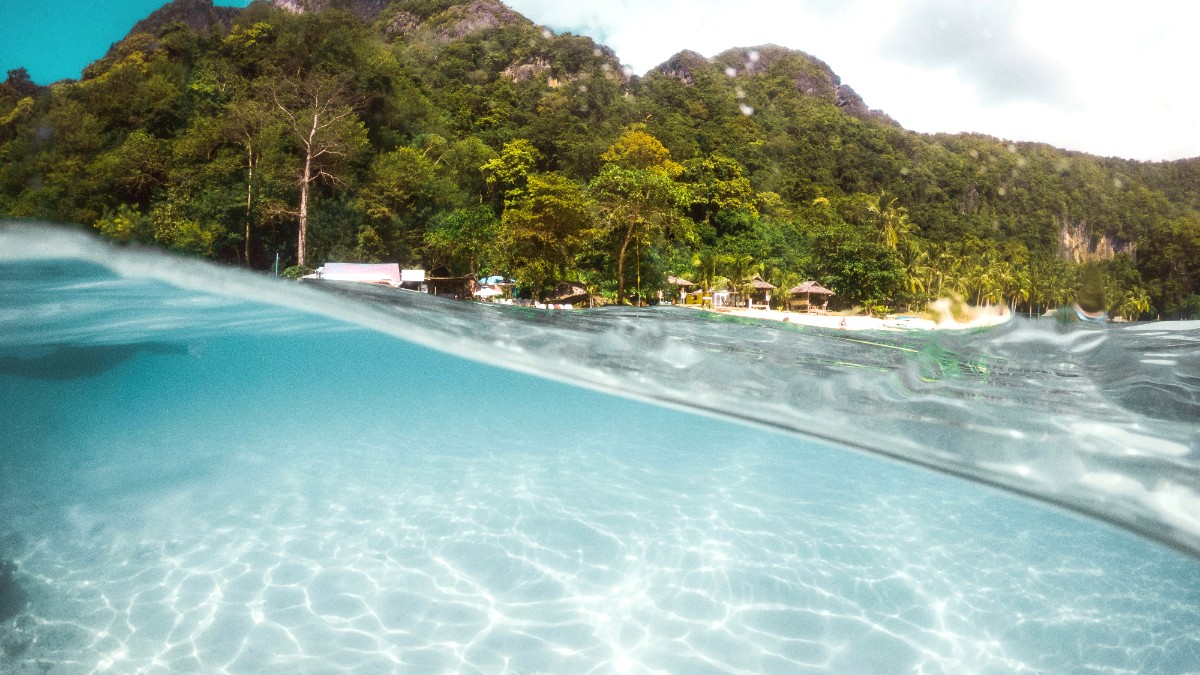
Indonesia
24-hour layover: Not practical for Gili Trawangan. Travel time to and from major airports makes such a short visit unfeasible. Plan at least a 2-3 day visit.
Getting Here: Travel from Bali or Lombok to Gili Trawangan is part of the journey itself.
A week in Gili Trawangan offers a good balance of activity and relaxation.
A two-week trip lets you combine Gili Trawangan with broader Indonesian experiences.
For extended stays, dive into island life or a specific passion.
Connecting to other Indonesian islands from Gili Trawangan is simple.
This sample route blends diverse landscapes, cultures, and activities.
Bali > Gili Islands > Lombok > Flores > Bali
Moves from popular tourist spots to more remote natural wonders.
Offers a comprehensive Indonesian experience.
Tailor your Gili Trawangan itinerary around specific interests, finding a trip that matches your passions.
Gili Trawangan itself is not a main destination for historical and heritage interest.
Gili Trawangan offers a tasty journey through local and international flavors.
Gili Trawangan is a hub for thrilling water and land-based adventures.
Gili Trawangan is a car-free island, which makes it a safe environment for families.
Find inner peace and rejuvenation amidst the island's serene atmosphere.
Opportunities for art and architecture emphasis are limited on Gili Trawangan itself.
Stay in hostels/budget guesthouses, eat at Night Market/local warungs, use a bicycle, self-guided snorkeling.
Comfortable bungalows, mix of local/mid-range dining, organized snorkeling, introductory dive, happy hour drinks.
Private villa/high-end resort, fine dining, private boat charters for activities, spa treatments, private yoga, exclusive beach clubs.
Gili Trawangan's charm adapts to the seasons, offering different experiences depending on when you visit.
May to September presents the best weather for all outdoor and water activities.
October to April means fewer crowds and lush greenery.
Gili Trawangan does not host major annual festivals itself.
During the off-season, enjoy a quieter atmosphere and potential benefits.
Be prepared for occasional rain showers during the wet season.
Mount Rinjani National Park usually closes during the heavy rain season (December to March) for safety.
Closure is due to slippery trails and potential landslides, making trekking unsafe.